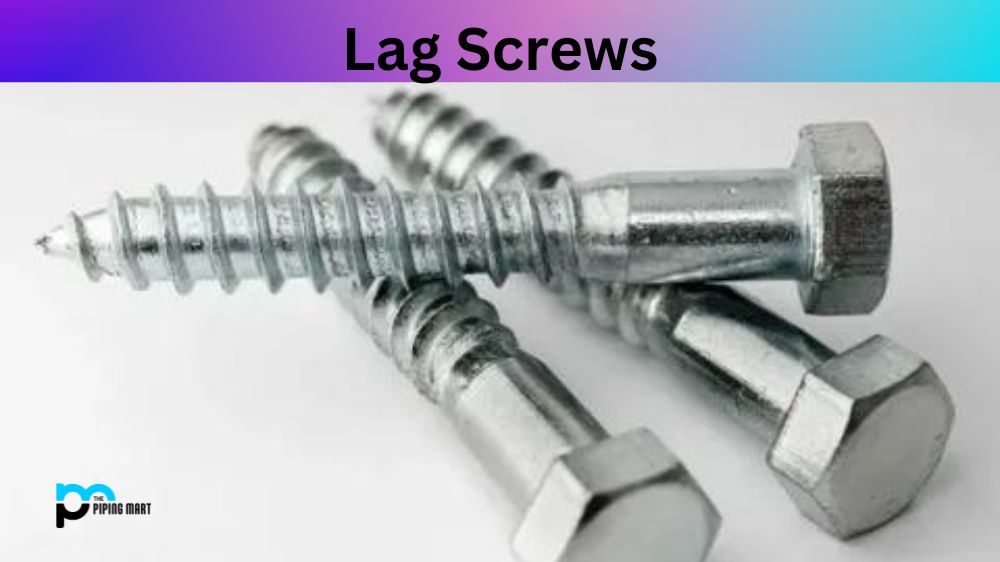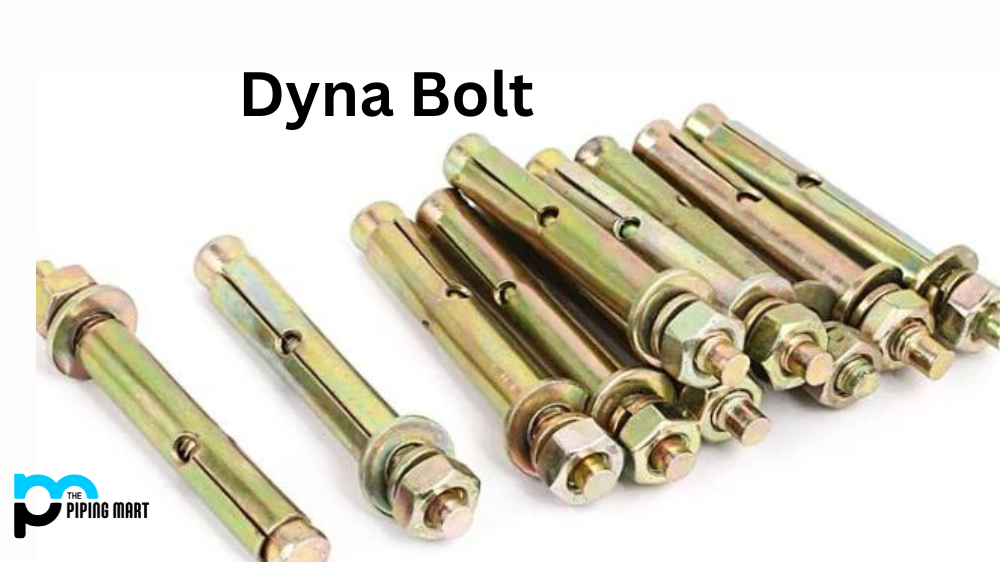Screws come in different types, each with its own features and purposes. Two of the most common types of screws are captive screws and regular screws. If you need to become more familiar with these terms, you might think they’re interchangeable, but they are not. Captive screws and standard screws have distinct characteristics and applications. This blog post will explore the differences between captive screws and standard screws and when to use each type of screw.
What is Regular Screw?
A regular screw is a fastener with a head, a shank, and threads that wrap around the leg. When you turn the screwdriver, these threads are designed to grip and hold the materials together.
What is Captive Screw?
A captive screw has a head, a shank, and threads that end at the leg. Captive screws have a spring-loaded component that prevents the screw from falling off or becoming loose.
Differences Between Captive Screw and Regular Screw
Applications
Captive screws are commonly used in applications where the screw must be secured in place, such as electronic devices, machinery, medical equipment, and aerospace equipment. Since captive screws have a retention mechanism, they eliminate the risk of lost screws floating around and help reduce the assembly time by providing a speedy and convenient solution. They also don’t require additional hardware to keep the screw in place, which saves time and money compared to regular screws.
On the other hand, regular screws are more versatile and can be used in a broader range of applications. They are the most traditional screw type, and their usability makes them practical for various projects, from building bookshelves to assembling furniture. They are cheaper and widely available as they do not require any specialized equipment or technology. Regular screws are also available in multiple sizes, threads and materials, giving the users the flexibility they need when working on their projects.
While captive screws and regular screws may seem similar, the applications they serve make them significantly distinct. Captive screws offer security, speed, and convenience when used on specific devices. In contrast, regular screws are more generalized and best suited for projects requiring more flexibility in size and materials. If you need the screw-retained and secured or are on a particular budget, captive screws might be the ideal option. On the other hand, if you need more versatile screws that can work with different types of materials and are easy to find, then regular screws are a great choice.
Other Differences
- A captive screw is a type of screw that is used in applications where it is necessary to prevent the screw from becoming loose.
- A regular screw is a type of screw that is not explicitly designed to prevent it from becoming loose.
- Captive screws are typically made from more robust materials than regular screws, such as stainless steel or titanium.
- The threads on a captive screw are also typically tighter than those on a regular screw.
- Captive screws are typically used in applications where vibration or movement could cause a regular screw to become loose and fall out.
- Some examples of applications where captive screws are used include electronic devices, medical implants, and aircraft components.
- Captive screws are also sometimes used in applications where it is necessary to prevent tampering or unauthorized removal of the screw.
- In general, captive screws are more expensive than regular screws due to the increased manufacturing costs associated with making them.
Conclusion
Deciding whether to use a regular screw or a captive screw depends on the specific needs of your project. Understanding the differences between these two screw types allows you to make an informed decision that will save you time, money, and effort. Whether you choose a regular or a captive screw, knowing how they operate will help you get your project done efficiently and effectively. So next time you’re trying to decide between captive screws and regular screws, consider the features and purposes and determine what works best for you.

Abhishek is a seasoned blogger and industry expert, sharing his insights and knowledge on various topics. With his research, Abhishek offers valuable insights and tips for professionals and enthusiasts. Follow him for expert advice on the latest trends and developments in the metal industry.




